Here are the Bugbanes together on one page so you can compare them side by side.
Cimicifuga has now been absorbed into the Genus Actaea, but I have retained the synonym to help those more familiar with the old name. The main difference that seperates the two is the dry follicles of Cimicifuga and the fleshy berries in Actaea. They are easy going long-lived perennials for growing in moist shade. They flower form late Summer into Autumn at a time when flowers are getting scarce, they never need staking and they are just about pest free – the name Cimicifuga (‘cimex’ = bug, ‘fugere’ = drive away) and Bugbane deriving from this property. Cimicifuga europea (Cimicifuga foetida) is used as an insect repellent in Russia.
There are Cimicifugas present right across the Northern Temperate zone, but all are happy in the same moist leafy soil. The American species tend to be deeper rooting and a little more tolerant of drier conditions.
The flowers and dried seed heads of Cimicifuga are both good for flower arranging, but some find the smell of the flowers off-putting at close quarters.
Cimicifuga racemosa is known in North America as Black Snakeroot or Black Cohosh where it is a much used herb and thought to have effect against the bite of a rattlesnake. This was learnt from the native Americans, who call it ‘Candle of the Woods’. The North American settlers used it extensively as a bed bug repellent in their mattress stuffings. The vernacular name of Cimiciguga dahurica, from Asia, is bug chaser dahurian, showing similar properties.
They are however moderately toxic and closely related to the Actaeas which are extremely toxic.
Acteae are members of the Buttercup Family, The Ranunculaceae

















































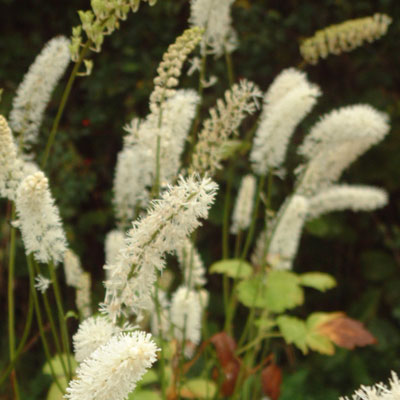
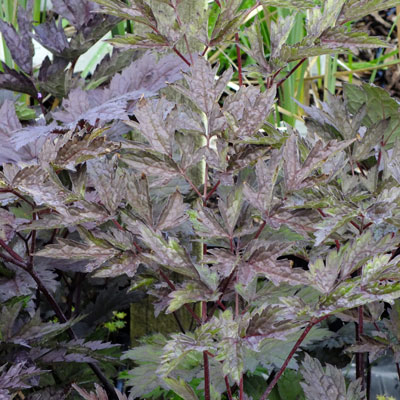
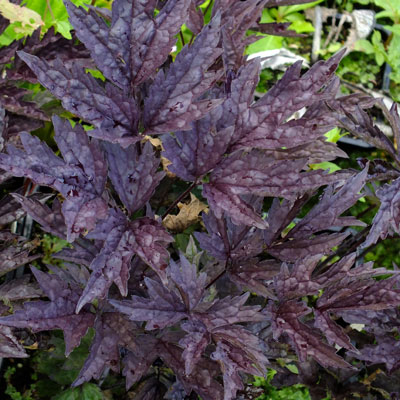
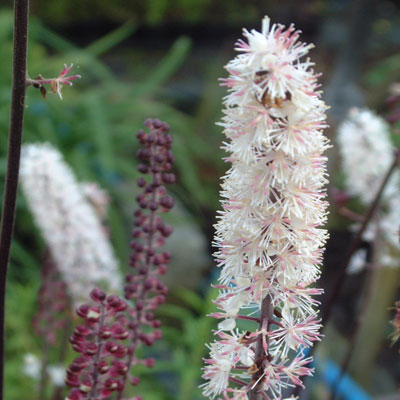
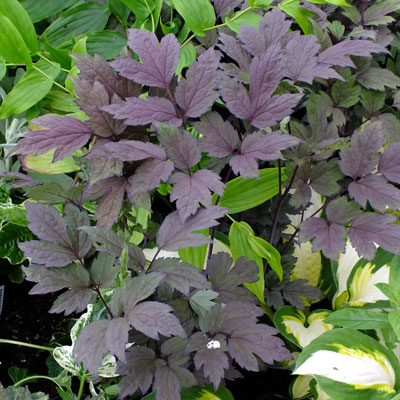
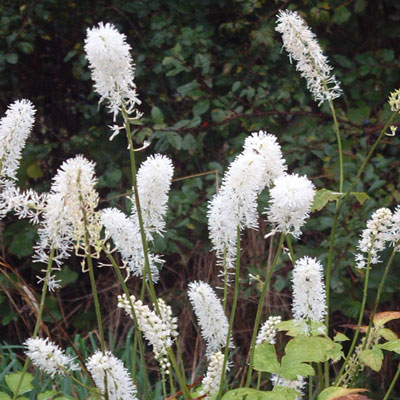
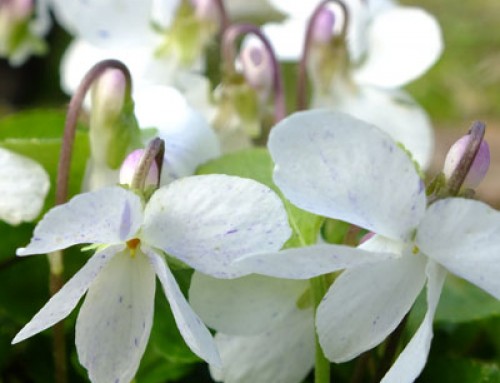

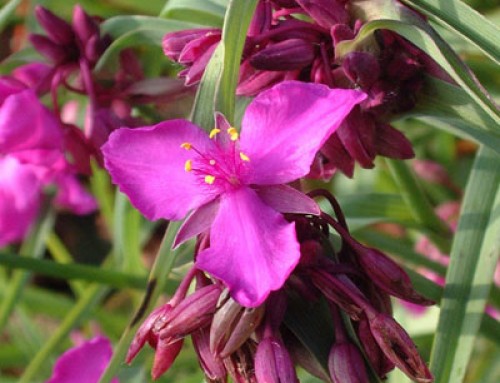
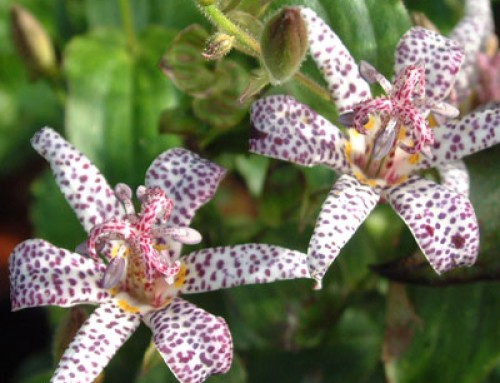
Leave A Comment
You must be logged in to post a comment.